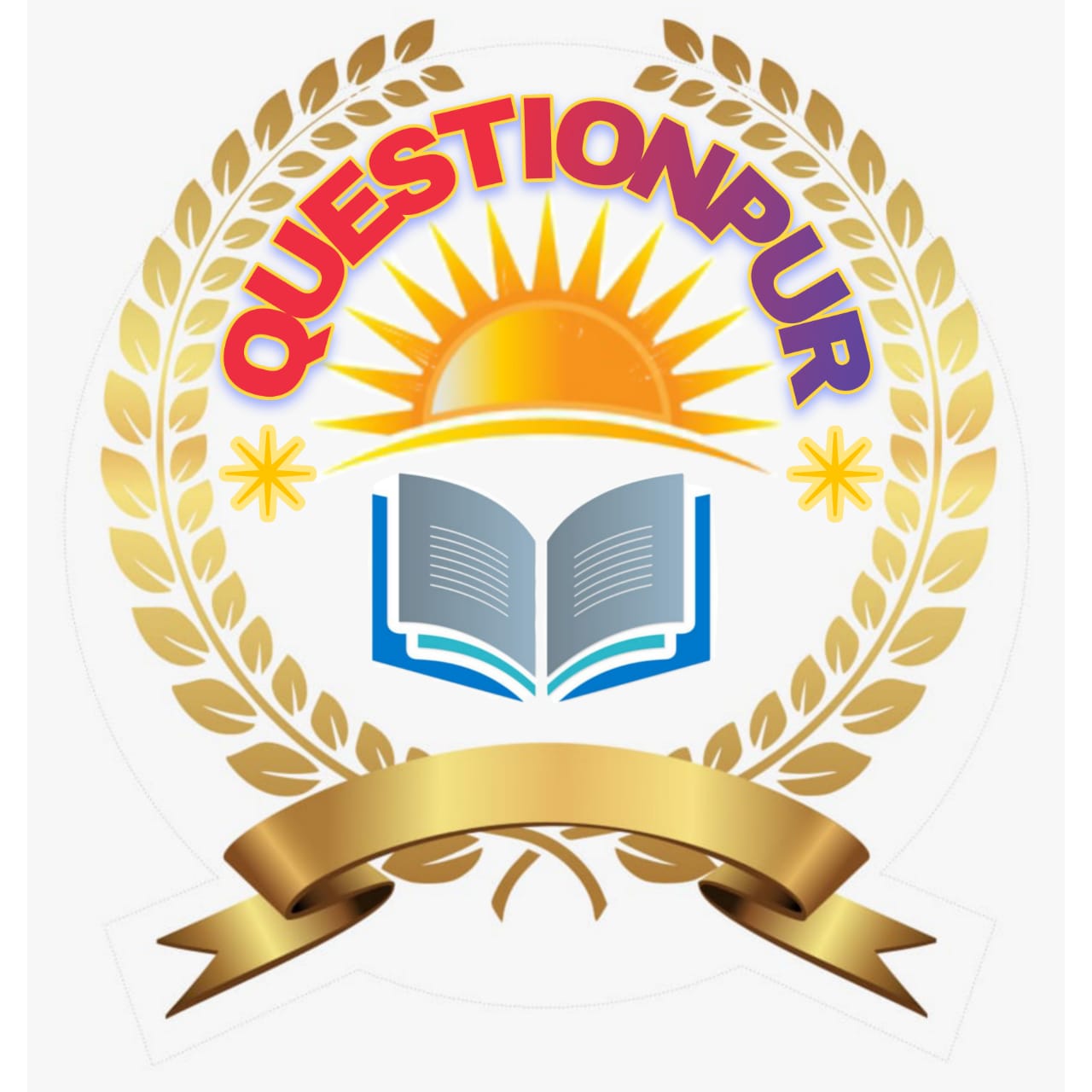What are the main characteristics of Tragedy, according to Aristotle? Discuss in the light of his definition.
Or Enunciate the salient features of Aristotle's concept of tragedy
Or Illustrate Aristotle's concept of Tragedy.
Or Discuss the main characteristics of tragedy in the light of Aristotle's definition of Tragedy.
The eighteenth century had many currents of criticism intersecting Varied approaches to literature arose. An attempt was made to edit and evaluate the work of Shakespeare. There were many critical appraisals of the earlier writers. The English mind refuses to accept any dogmatic system set to establish a body of judgments based on reason and common sense. There was also an awareness of the moral value of literature.
The eighteenth century has opened the way for an enlightened approach to the fine arts. Varied views were actively advocated and criticism has begun to examine its own nature and function. The lingering voice of the classical spirit appears for the last time in a systematic way in the work of Dr. Johnson.
Dr Johnson looks both backwards and forwards. He offers a peculiar synthesis of the divergent tendencies. The neo-classical age covers the period from 1660 ( Restoration of Charles II ) to 1798 ( Beginning of the Romantic age ) The age is called so because the critics belonging to it believed to be in the tradition of the ancient classicists, Le .. Aristotle and other Roman and Greek authors.
However, actually, they followed the principles of the Italian and French neo-classicalists who were for removed from classicism. Hence, the term "new-classical" or "neo-classical". Thus, Neoclassicism implies respect for the rules as interpreted and modified by the Italian and French critics.
However, the age is rightly called the pseudo-classical Age. This is because the neo-classicalists often misinterpreted Aristotle. Similarly, they also departed from the rules followed by the classicists. These facts can be illustrated by the views of the critics of the age.
The neo-classical critics follow certain rules and features of classicism. The fact can be studied as follows :
( i ) Respect for the Rules
The neo-classicists followed the rules and principles of the ancients. Such rules were framed for poetry and other kinds of literature. Artists were expected to write according to these rules. It was supposed that great literature was not possible without adherence to these rules. The neo-classicists followed such rules and so respect for rules became one of the cardinal features of Neoclassicism. Such rules include the rules like -
( i ) views on poe
( ii ) views on three unities,
( iii ) style and diction,
( iv ) views on tragedy,
( v ) views on tragicomedy,
( ii ) Departure from Classicism -
The neo-classicists also departed from many of the principles of true classicism. Such facts contain -
( i ) unities,
( ii ) mingling of comedy and tragedy.
( iii ) hatred for irregular poets,
( iv ) scientific spirit and its influence on the Neoclassicists.
The Neoclassicists follow the classical features but patiently and so they are called pseudo ( false ) classicists. " In the literature of the Restoration era, we note a sudden breaking away from old standards just as society broke away from the restraints of Puritanism. The break with the past was almost absolute. "
It involved our literature in the deepest degree, subject and style took on a new spirit and outlook a different attitude and aim. "Post-Restoration literature is a converse of the previous Elizabethan Age. It is called classical or neo-classical as opposed to Elizabethan Romanticism. " " There is a tendency to vulgar realism.
There is a tendency to formalism resulting from strict adherence to set rules. There is a development of a simpler and more direct prose style. The period reveals the immense popularity of the heroic couplet.
Read More-
- Plot construction of 'She Stoops to Conquer'
- English Comedy before Goldsmith
- Sentimental Comedy: Reaction of Goldsmith against it
- Character and role of Miss Neville
- Discuss She Stoops to Conquer as a Sentimental Comedy
- Discuss Goldsmith's View of Sentimental Comedy
- Give an estimate of Goldsmith as a dramatist
- Contribution of Goldsmith as a Dramatist





